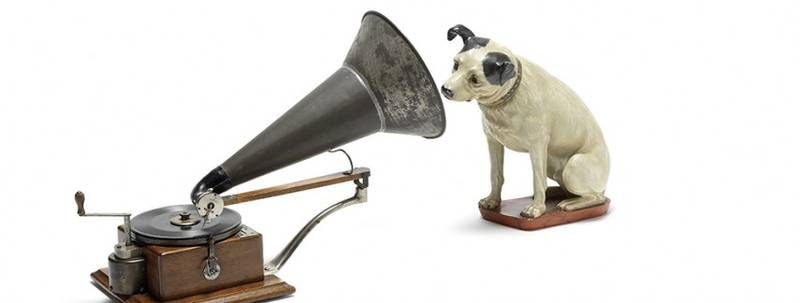
Picture Stories. Portraits of Munich Jews
A boy in a sailor suit, a lady in a beret and with huge puffed sleeves, a rabbi with an open…

Jukebox. Jewkbox! focuses on one specific facet of popular Jewish culture: In the late 19thcentury, a German-Jewish emigrant to the USA changed the world. Through the invention of the gramophone and the record by Emil Berliner (18511929), the age of mass entertainment found its first global medium. Over a period of one hundred years, shellac and vinyl were the sound carriers of popular culture. On them, all the experiences of the 20th century, its utopias and catastrophes, illusions and hopes were condensed. The record, mass producedand guided by collective taste, was at the same time an expression of individual identity andan object of ritual. The Jewish experience in the 20th century, too, found its expression on records from the introduction of synagogue music into the middle-class Jewish home to the reinvention of Jewish folk music; from the career of Yiddish theater songs on Broadway to the punk rebellion. The history of the record is also a history of Jewish inventors, musicians,composers, music producers, and songwriters. Their music the omnipresent sound of the 20th century and its best-known songs, musicals, and soundtracks was not always Jewish music, but still a product of Jewish history and experience. Jukebox. Jewkbox! presents this history from the first gramophones and shellac records to the dissolution of this medium in the Interneta journey of discovery through the unfamiliar spheres in the world of popular culture, accompanied by personal stories about records that have changed many a life.
An exhibition of the Jewish Museum Hohenems in cooperation with the Jewish Museum Munich.
Curator: Hanno Loewy, Jüdisches Museum Hohenems
Exhibition architecture: atelier stecher, Götzis